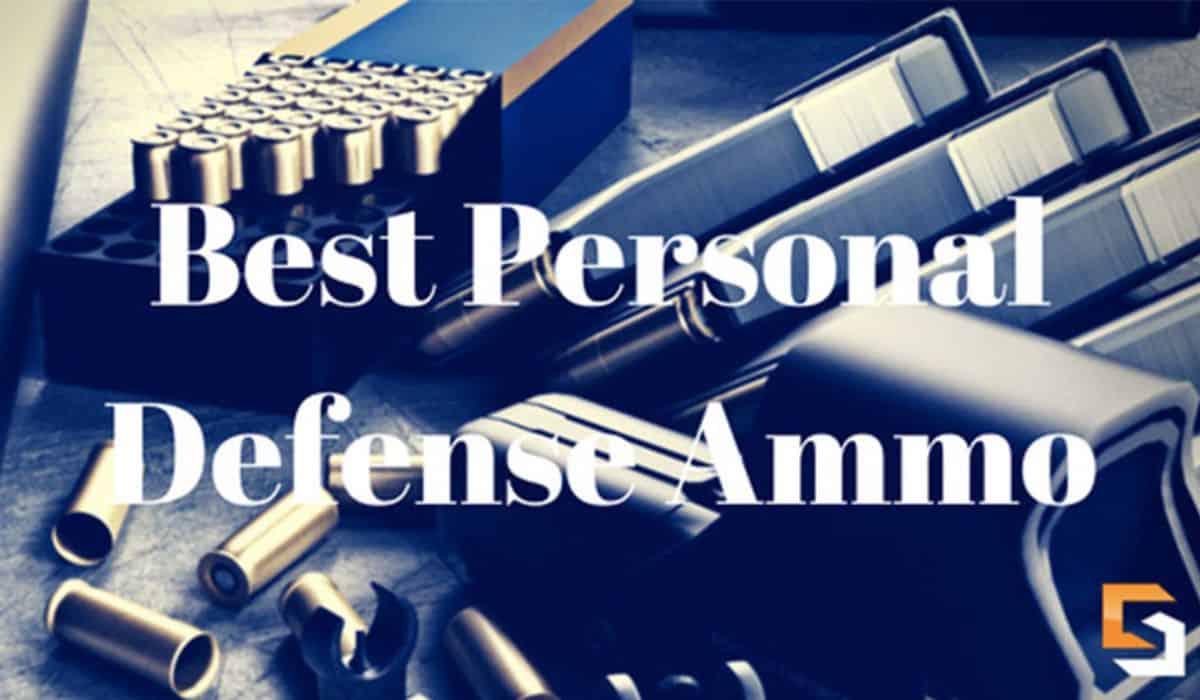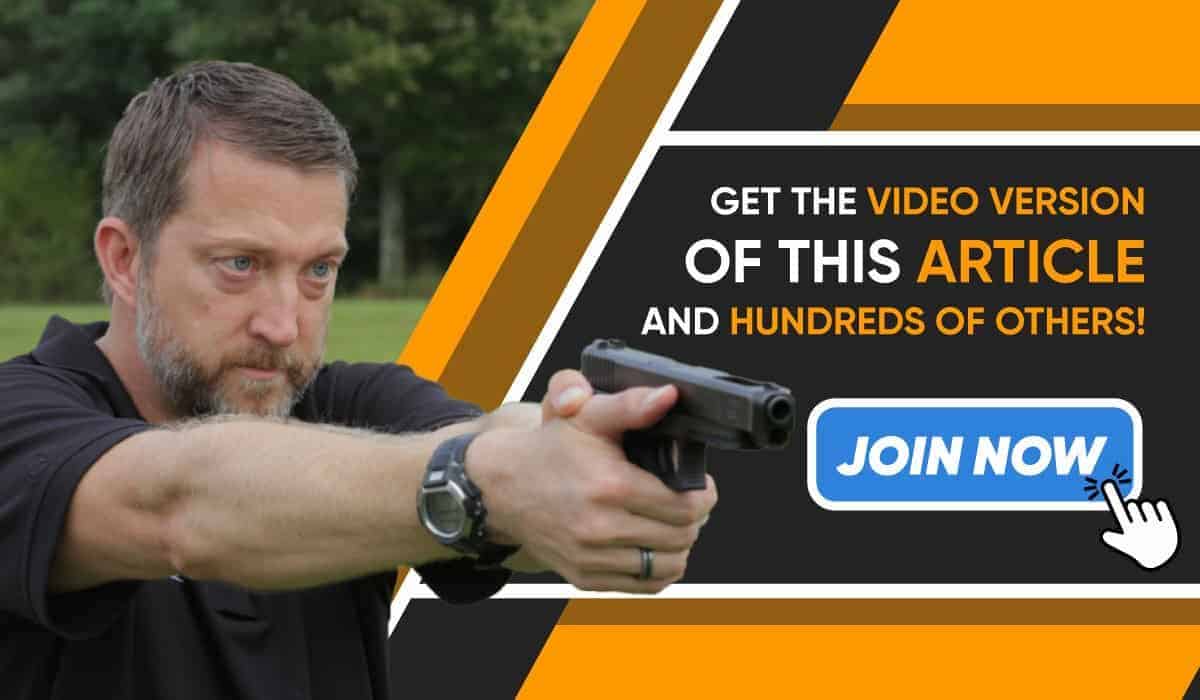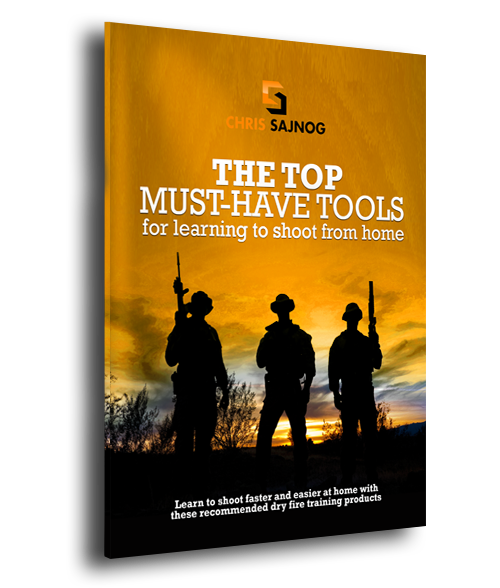Best Self-Defense Ammunition: Top Picks for Ultimate Protection
If you’re an operator worth your salt, you give a lot of attention to your gear and weapons systems. Before any evolution, you ensure your gear is in its exact spot suited for your skill set or position on the team. Maybe you’re the primary breacher, and you have an extra shotgun ammo pouch or you just like the feeling of having extra flexcuffs and ammo. You likely give quite a bit of thought to every piece of your gear, but there’s something that most of us don’t really think about… the best self-defense ammunition.
It may be because we don’t have a choice; it’s something that’s normally supplied to us, such as the military that must use NATO ball-approved ammo. But many local, state, and federal agencies do have some leeway in the caliber and type of ammo you can use. So why wouldn’t you take the time to choose the right ammunition?
Now for civilians, you don’t have any excuses since you can buy and use any ammo you want. When selecting the best ammo, you need to select your weapons system first.
For LE applications we can break down your ammo selection into three distinct weapons systems categories:
- Primary (CQC rifle/carbine)
- Secondary (pistol)
- Long-range/Sniper
For this article, I’m going to focus on the best ammunition for personal defense or law enforcement for the primary and secondary weapons systems.
Getting back on track now, a few things you need to take into consideration when selecting your ammo (not an all-inclusive list — just a baseline):
Things to Consider When Selecting The Best Bullets for Self-Defense
Caliber:
- Projectile Type (FMJ, NATO ball, JHP, etc)
- Load (standard, light, +P, etc)
- Terminal Ballistic Performance (how a round performs after impact)
- Accuracy (yes, rounds perform differently even when shot out of the same weapon)
- Reason (LE, military, home protection, range, etc.)
Virtually all LE agencies’ tactical entry teams (SWAT, SRT, etc.) use some form of the AR-15-style rifle as a primary weapon. Typically you’ll see the M-4 or MK-18 rifles being utilized as a primary weapons system. Some agencies, depending on the operation, will use a submachine gun such as the MP-5 (9mm) or UMP-45 (.45ACP). For a submachine gun, you’ll be looking at the same type of ammo as you would for your secondary or pistol ammo. It keeps things simple and less confusing.
For me, I enjoy the AR weapons systems for their simplicity, reliability, and function. I was issued the Colt MK-18 CQB rifle, which is a shortened version of the M-4. It has a barrel that is only 10.5” and functions just like any M-16 or M-4.
Now running my counter-narcotics team down in South America, I operated in the worst environment for anything metallic…salt water! I never had any problem with the operation of that weapon no matter how much sea spray or salt the weapon took on. Of course, that’s with taking care of my weapon on a daily basis.
That’s where a great product like FrogLube is worth its weight in gold. After using it I’ll never go back to traditional CLP gun oil; it’s that good.
Penetration? Now You’re Talking!
Next, in this best self-defense ammunition, when talking about rifle ammo, the common issue that is brought up is “over-penetration.” Now this isn’t the type of “over-penetration” that makes us men feel larger in the size department of our “other” weapon; no, this is about the round entering, exiting, and having enough velocity to still causing ballistic damage.
You can argue either side on this one, but as all of you know, the four gun safety rules include “only point your gun at something you’re willing to destroy” and “know your target and what’s beyond.” Over-penetration in my opinion shouldn’t be something you lose sleep over and it can over-penetrate with any size round. Sure some more than others, but part of it depends on where you strike the target.

Some LE agencies will even go as far as to only use submachine guns (pistol ammo) in CQB situations because they are worried about over-penetration. Personally, the last thing I want to do is go into a fight with pistol ammo against someone who is using rifle ammo.
These days the street assault weapon of choice is the AK-style rifles chambered in 7.62mm. Especially against soft body armor these days, which is thinner and stronger and in many cases is rated to stop pistol rounds.
Most boardings that I went on were on vessels that were less than one hundred feet, but there were times when we took down larger container ships. I liked knowing that if required, I could take the shot the full distance of the vessel with my MK-18’s 5.56mm round. When it comes down to it, I recommend the 5.56mm standard NATO ball round for CQB. The rounds are fairly inexpensive and readily available to everyone. If you’re making safe shots and controlling your phase lines, there won’t be a problem.
As far as pistol ammo goes, I’ll break it down to either choosing Luger 9mm, .357 SIG, .40 S&W, or .45 ACP. Yes, there are plenty of other rounds out there, but if you’re looking for the best bullets for self-defense or a tactical situation (all shooting situations are tactical no matter what the setting is) I’m keying in on semi-auto pistols. Those are the most common rounds.
I own various pistols chambered in all the above calibers, and for tactical LE duty, I prefer the .40 S&W, which I carry the SIG P229R-DAK. Remember too, this is my secondary weapon as I carry the MK-18 as my primary weapon. For home defense, I prefer a larger round and have a Glock 21 (Gen3), which is chambered in .45 ACP.
Since I don’t keep a carbine locked and loaded for home defense (well not at least until the zombies come), I want the larger round readily available. Both for duty and home defense, I choose to carry the JHP rounds. Some companies are better than others, just like any other consumer product out there.
I also recommend staying with a standard load. You should check with your pistol company because most of them say explicitly in the owner’s manual to not use +P ammo as it will void the warranty. Companies aren’t stupid when it comes to warranty claims. They’ll do their research to determine if you used +P ammo or not.

Preparing for the Zombies
In the end, if you haven’t guessed already, choosing the best bullets for self-defense is about personal preference. I’m not going to tell you that you need to use a certain round from a certain manufacturer. Go online and do your homework like I do. Every reputable ammo company will have their ballistic performance and accuracy statistics readily available. If they don’t, you’ve got to wonder why.
Another great practice is to shoot your “carry” ammo at the range. Now, I’m not saying you have to always shoot the expensive JHP ammo because that can get expensive. But every once in a while, shoot your carry ammo and refresh your carry load. Your gun feels and performs differently with the ammo you feed it. Some ammo that works great for some guns won’t necessarily work the same for others. It should go without saying, but make sure you sight-in your guns with the same ammo you plan on using to save the world.
You probably put a great amount of thought, time, and research into the weapon(s) you own, so you should put the same effort into getting the ammo that meets YOUR standards and expectations. Get the most out of your gun. When it comes down to it and you are forced to use deadly force because someone broke into your house in the middle of the night intending to do your family harm, you don’t want to second-guess your ammo’s capabilities. You want to stop them as quickly as you can; it’s you or them, and in your mind, it better always be you walking away on a two-way range.
Alright, so that is it for today. I hope you got some value out of this best self-defense ammunition and feel more confident in choosing the right option for your personal safety. Please share and comment on this post if you haven’t already, and keep paving your path to perfection!




